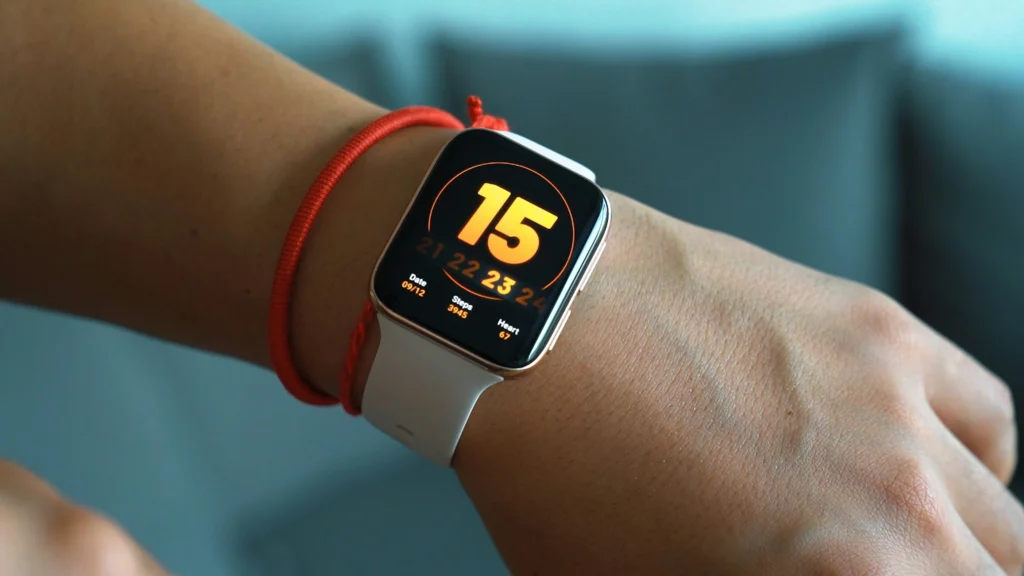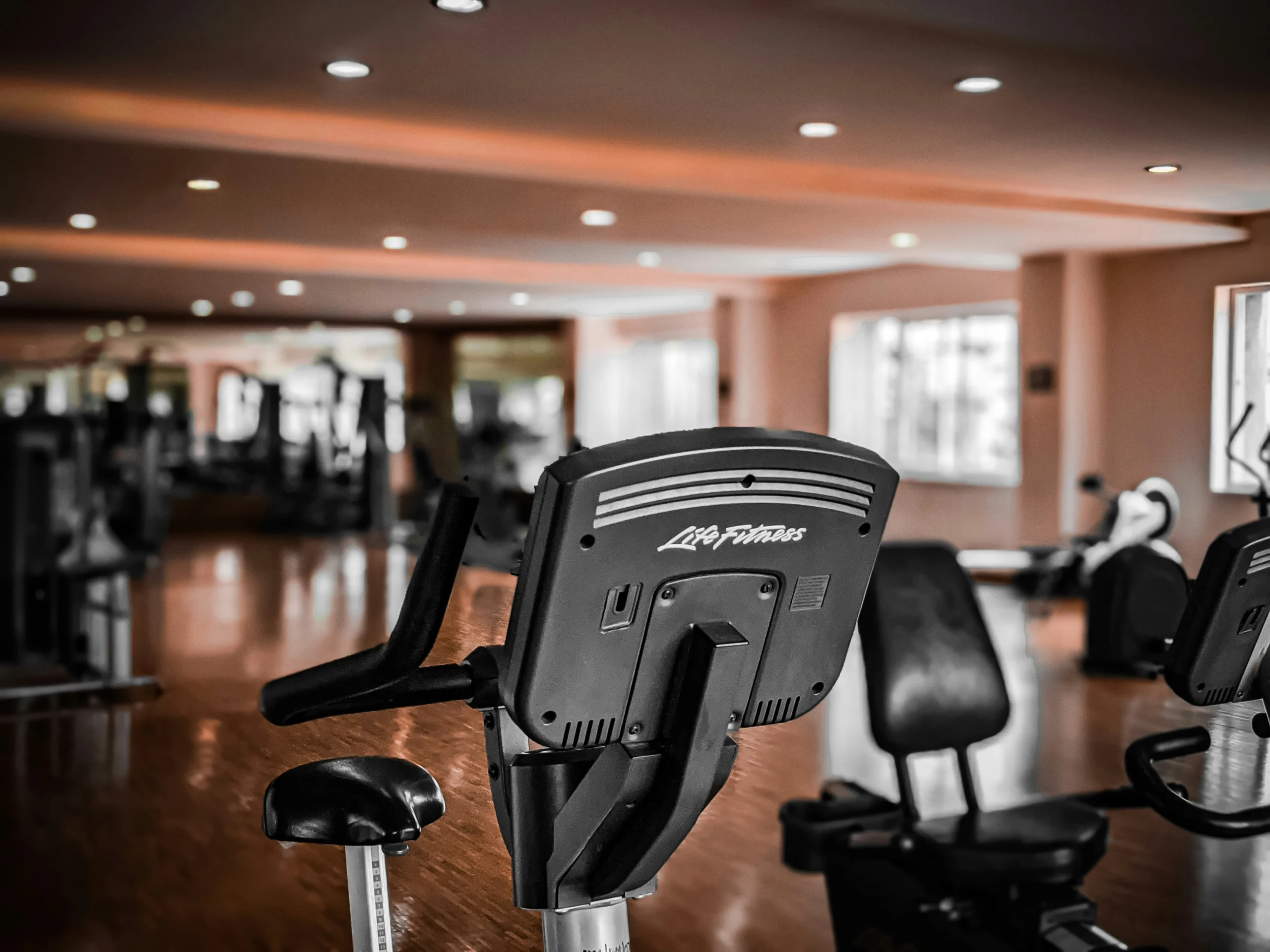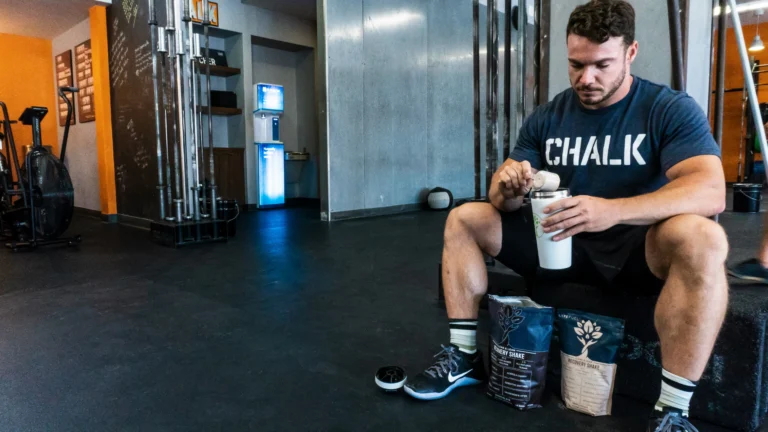Zone 2 Cardio: Boost Endurance and Improve Overall Fitness
The first time I used a heart rate monitor on the treadmill, I learned a new way to exercise. Zone 2 cardio showed me a smarter way to work out. It changed how I see endurance training.
Starting your fitness journey can be tough. It’s a battle between being too hard and not hard enough. Zone 2 cardio is a game-changer. It lets you work out at 65-75% of your max heart rate. This spot is perfect for building endurance without burning out.
Unlike super-hard workouts that exhaust you, zone 2 cardio is different. It lets you train well while using fat as your main fuel. It’s a key tool for athletes to boost their heart health and fitness.
Table of Contents
Key Takeaways
- Zone 2 training occurs at 65-75% of maximum heart rate
- Primarily uses fat as a fuel source during exercise
- Helps improve cardiovascular efficiency
- Reduces risk of overtraining
- Supports long-term fitness and endurance development
Understanding Zone 2 Cardio Fundamentals
Zone 2 cardio is a key part of steady-state cardio. It’s great for those who love fitness. This method works at a heart rate zone that boosts your metabolism and endurance.
What Makes Zone 2 Different from Other Training Zones
Zone 2 cardio is special because of its unique features:
- Done at 60-70% of your max heart rate
- You can talk while exercising
- It mainly uses fat for energy
- There’s little lactate buildup
The Science Behind Heart Rate Zones
Knowing about heart rate zones is key to better training. Each zone has a different intensity and body response.
| Zone | Intensity Range | Primary Energy Source |
|---|---|---|
| Zone 1 | 50-60% Max HR | Fat |
| Zone 2 | 60-70% Max HR | Fat |
| Zone 3 | 70-80% Max HR | Fat & Carbohydrates |
Measuring Your Zone 2 Intensity
To find your Zone 2 heart rate, you can use a few ways:
- Heart rate monitor
- “Talk test”
- Max heart rate calculation
- Get help from a fitness expert
*”Zone 2 is where the magic happens – it’s not too easy, not too hard, but just right for building endurance.”*
By using Zone 2 cardio, you can boost your metabolism and endurance. It’s a great way to start your fitness journey.
The Science of Fat Burning in Zone 2
Zone 2 cardio is a great way to burn fat. It uses your body’s natural ways to burn fat. When you do low-intensity cardio in this zone, your body starts to use fat for energy.
To understand fat burning, we need to look at how your body uses energy during exercise. In Zone 2, your heart rate is between 60-70% of its maximum. This zone triggers important metabolic processes:
- Maximized fat oxidation without muscle breakdown
- Improved mitochondrial efficiency
- Enhanced insulin sensitivity
- Sustained energy production
Dr. Peter Attia suggests 180 minutes of Zone 2 cardio weekly for best metabolic health. This helps your body burn fat better and keeps your muscles strong.
“Zone 2 is not just exercise; it’s a strategic approach to metabolic conditioning.” – Fitness Metabolism Expert
The secret to fat burning in this zone is that your body uses fat for fuel during low-intensity exercise. But, if you push too hard, your body starts to use carbs instead. This reduces fat burning.
| Age Group | Fat-Burning Heart Rate (bpm) |
|---|---|
| 26-30 years | 133-136 |
| 31-35 years | 129-132 |
| 36-40 years | 126-129 |
Training in Zone 2 regularly boosts your body’s ability to burn fat. Start with 20-30 minutes, 3-4 times a week. Then, increase to 180 minutes as recommended.
Key Benefits of Zone 2 Training
Endurance training is more than just pushing your limits. Zone 2 cardio focuses on improving your fitness by working on your body’s energy systems. It offers benefits that traditional workouts can’t match.
Improved Mitochondrial Function
Your body’s energy centers, called mitochondria, get better with Zone 2 training. They become more efficient and grow in number. Studies show that Zone 2 training boosts Type I muscle fibers, which have lots of mitochondria.
- Increases mitochondrial density
- Enhances fat utilization
- Improves overall cellular energy production
Enhanced Endurance Capacity
Zone 2 training keeps your heart rate at 60% to 70% of your max. This builds your aerobic base. Top athletes spend 60-75% of their time in this zone, showing its importance for lasting performance.
| Training Aspect | Zone 2 Impact |
|---|---|
| Fat Burning | Primarily utilizes fat as fuel source |
| Energy Production | Maximizes ATP generation through aerobic metabolism |
| Muscle Fiber Engagement | Activates and develops Type I muscle fibers |
Better Recovery and Reduced Fatigue
Zone 2 training makes your body better at removing lactate and using energy. The talk test – being able to speak 3-5 words before needing a breath – shows you’re in the best training zone.
“Training smarter, not just harder, is the key to sustainable fitness improvement.” – Sports Performance Expert
How to Calculate Your Personal Zone 2 Heart Rate
Finding your zone 2 heart rate is key for good aerobic exercise. Heart rate zones help you train better and burn more fat. Let’s look at the best ways to find your zone 2 intensity.
- Use the formula 220 – your age to guess your maximum heart rate.
- Then, find 60-70% of that number.
- Check your zone 2 range with different methods.
There are two main ways to find your zone 2 heart rate:
- Age-Based Calculation:
- For a 36-year-old, your maximum heart rate is about 184 BPM.
- Your zone 2 range is 110-129 BPM.
- Karvonen Method:
- This method uses your resting heart rate for a more accurate zone.
- It helps you find a better target zone.
“Zone 2 cardio is the sweet spot for endurance training and fat metabolism.” – Sports Physiology Experts
Technology makes tracking your heart rate zones easy. Smartwatches and fitness trackers can show your heart rate zone in real-time. This helps you stay in your zone 2 range while exercising.
Pro tip: Always listen to your body. While formulas are helpful, everyone is different. Talk to a fitness expert for a zone 2 heart rate that fits you.
Zone 2 Cardio Training Methods and Examples
Discovering effective endurance training techniques can transform your fitness journey. Zone 2 cardio offers a powerful approach to improving your overall cardiovascular health. It does this through steady-state cardio and easy cardio workouts.
The beauty of Zone 2 training lies in its simplicity and accessibility. Whether you’re a beginner or an experienced athlete, these low-intensity workouts can help you build a strong aerobic base. They do this without excessive strain.
Running in Zone 2
Zone 2 running focuses on maintaining a comfortable, conversational pace. Key strategies include:
- Maintain a heart rate between 60-70% of your maximum
- Aim for 20-60 minute sessions
- Keep your effort level at a perceived exertion of 3-5 out of 10
Cycling Workouts
Cycling provides an excellent platform for Zone 2 training. Consider these approaches:
- Indoor stationary bike sessions
- Outdoor rides on flat or gentle terrain
- Use a heart rate monitor to stay within your target zone
Other Cardio Activities
Zone 2 isn’t limited to running or cycling. You can incorporate:
- Swimming
- Rowing
- Elliptical training
- Brisk walking
“Zone 2 training allows you to build endurance while minimizing the risk of overtraining.” – Fitness Experts
Remember, the key to successful Zone 2 cardio is consistency and staying within your target heart rate range. Start with 20-30 minute sessions and gradually increase duration as your fitness improves.
Common Mistakes to Avoid During Zone 2 Training

Zone 2 cardio needs discipline and patience. Many athletes find it hard to stick to the right pace. They often mess up their training without knowing it.
“Slow is smooth, and smooth is fast” – A principle that perfectly captures the essence of Zone 2 training.
Many athletes make big mistakes that can stop their progress. Knowing these common errors can help you improve your training.
- Training Too Intensely: Pushing beyond Zone 2 heart rate limits
- Ignoring Personal Heart Rate Zones
- Letting Ego Drive Workout Intensity
- Inconsistent Training Approach
A 2021 study by João Henrique Falk Neto found a big problem. Recreational triathletes only did 47% of their training at low intensity during key periods.
| Common Mistake | Impact on Training |
|---|---|
| Exceeding Zone 2 Heart Rate | Reduces fat burning efficiency |
| Inconsistent Pace | Disrupts aerobic base development |
| Neglecting Recovery | Increases injury and fatigue risk |
The 80/20 training method suggests spending 80% of time in Zone 2. Keeping your heart rate below 80% of max and pace below 65% of max aerobic speed is key for endurance.
Avoiding these mistakes will help you create a better training plan. This plan will support your long-term athletic growth.
Incorporating Zone 2 into Your Weekly Routine
Creating a good base training plan is all about planning and knowing how to train. Zone 2 cardio is a great way to boost your fitness while keeping your workouts steady.
Recommended Duration and Frequency
Your Zone 2 workouts should follow certain rules to get the most out of them. The CDC suggests:
- 150 minutes of moderate activity each week
- Do 2-4 sessions, each lasting 30-60 minutes
- Keep your heart rate at 60-70% of its max
Balancing High-Intensity and Zone 2 Training
Good fitness plans mix different levels of training. Here’s a suggested mix:
- Do 3-4 Zone 2 workouts a week
- Include 1-2 high-intensity interval training (HIIT) sessions
- Make sure to rest well between workouts
“Regular Zone 2 training boosts your heart health and how well you use energy.”
| Training Type | Frequency | Duration |
|---|---|---|
| Zone 2 Cardio | 3-4 times/week | 30-60 minutes |
| HIIT | 1-2 times/week | 20-30 minutes |
Always listen to your body and tweak your plan if needed. Staying consistent and moving forward is crucial for reaching your fitness goals with Zone 2 training.
Tracking Progress and Using Technology
Understanding heart rate zones can be tough, especially when tracking your zone 2 cardio. Modern fitness tech offers great tools to monitor your endurance training.

Choosing the right tech is key to effective training. Here are important points for tracking your zone 2 workouts:
- Heart Rate Monitors: Provides real-time heart rate data
- GPS Watches: Track performance and intensity zones
- Fitness Apps: Offer comprehensive workout analysis
“Most elite athletes spend 90% of their training in low heart rate zones” – Dr. Howard Luks
Your tracking plan should mix tech insights with your own feelings. The talk test is still a top way to check your zone 2 effort. You should be able to speak in full sentences but with a bit of effort.
| Technology | Accuracy | Recommended For |
|---|---|---|
| Chest Strap Monitors | High | Serious Athletes |
| Wrist-Based Monitors | Moderate | Casual Exercisers |
| Fitness Smartwatches | Good | Tech-Savvy Fitness Enthusiasts |
No single tech is perfect. Use device data, how hard you feel, and fitness checks to get a clear view of your zone 2 progress.
Conclusion
Zone 2 cardio is a great way to improve your fitness. It keeps your heart rate at 60-70% of your max. This helps burn fat and makes your heart stronger.
Doing zone 2 workouts can change how you exercise. They help your body use oxygen better and burn fat. This is good for athletes and fitness lovers alike.
Zone 2 training is easy to do and fits many activities. You can walk fast or cycle at a moderate pace. These workouts make your heart better and help you use fat for energy.
Remember, zone 2 cardio takes time and effort. Start slow and listen to your body. It’s a smart way to get fit and stay healthy for a long time.








One Comment
Comments are closed.